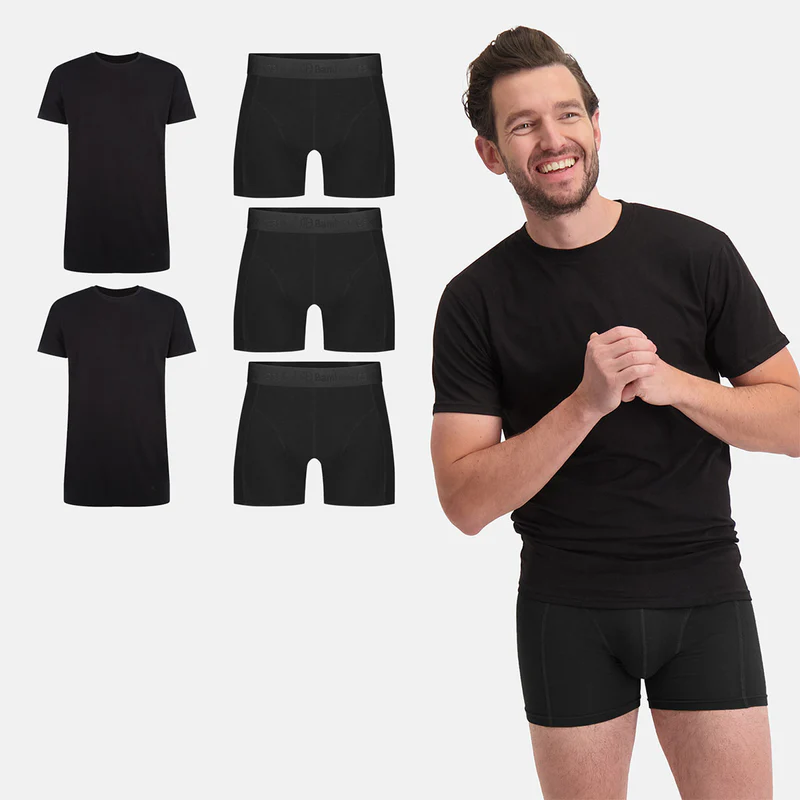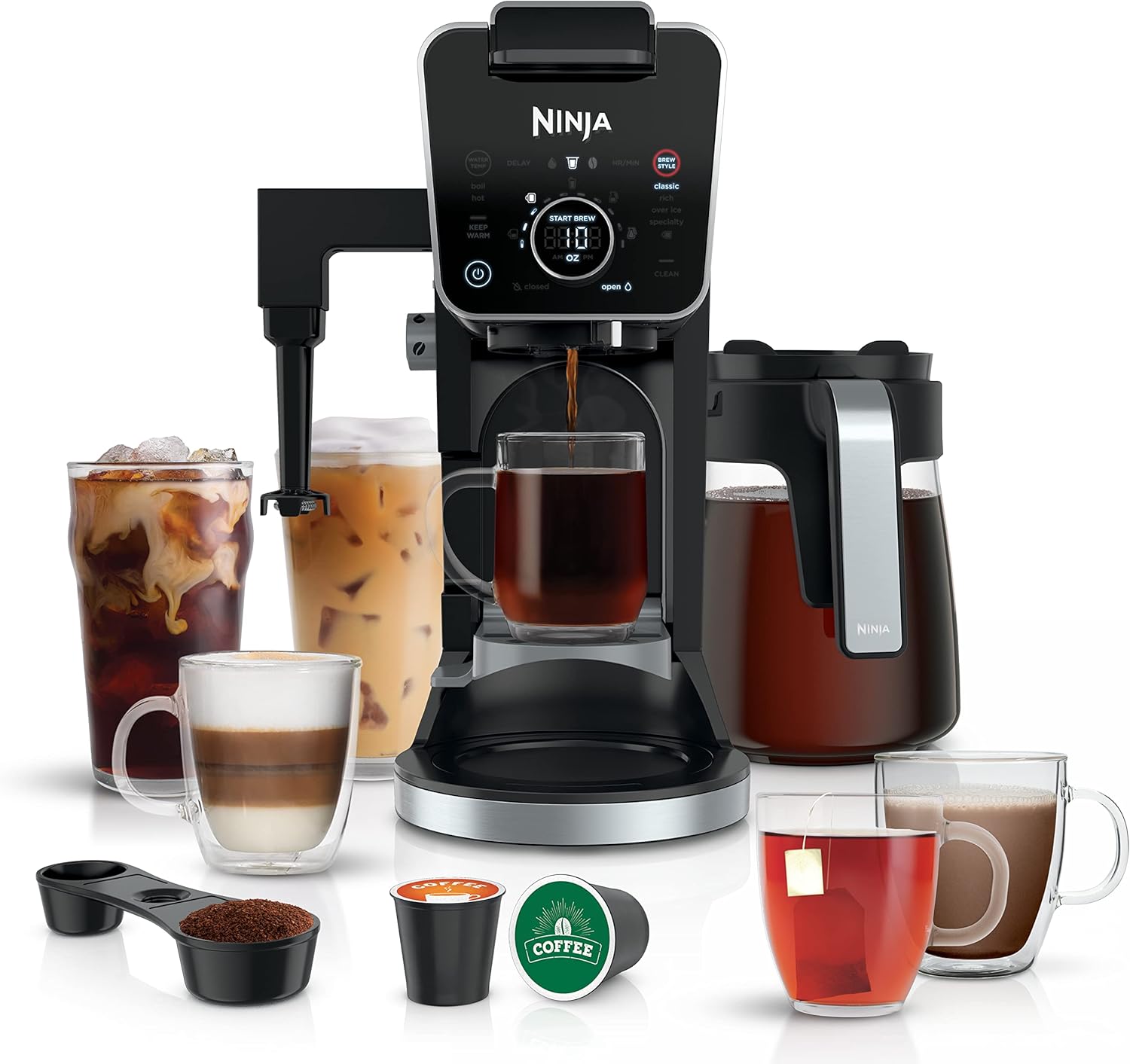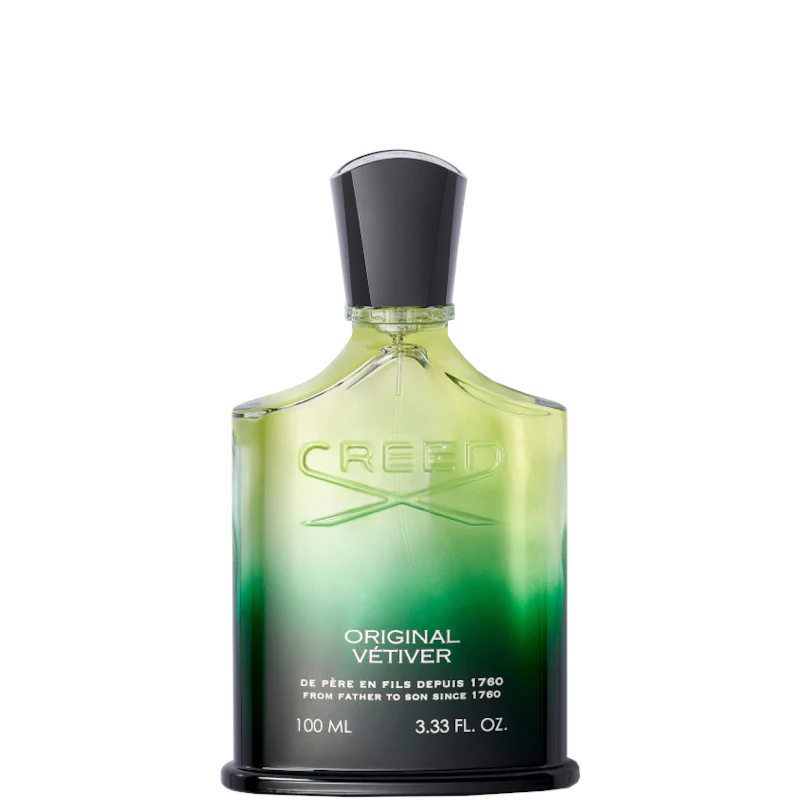Without a stable, adjustable power rack at home, many lifters compromise on form or safety—resorting to fixed squat stands, wobbly squat cages, or solely dumbbell-based workouts. Lacking secure safety catches can make heavy squats, bench presses, or overhead presses risky, leaving you vulnerable to injury. Commercial gyms offer racks, but they’re often crowded or require monthly fees, limiting flexibility and privacy. For dedicated athletes aiming to progress in strength and hypertrophy, an at-home rack that provides safety, stability, and limitless exercise variations is essential.
In this article, you’ll discover how the ETHOS Apex Power Rack addresses these obstacles by delivering a fully welded, powder-coated steel cage designed for serious lifters. We’ll dive into its 14 adjustable J-cup positions, seven safety bar levels, and wide range of compatible attachments—enabling pull-ups, squats, presses, and more. You’ll also learn setup tips for placement in garages or basements, plus program ideas to leverage the rack’s versatility. By the end, you’ll see why investing in the Apex power rack unleashes new strength potential and gym-like safety within your home.
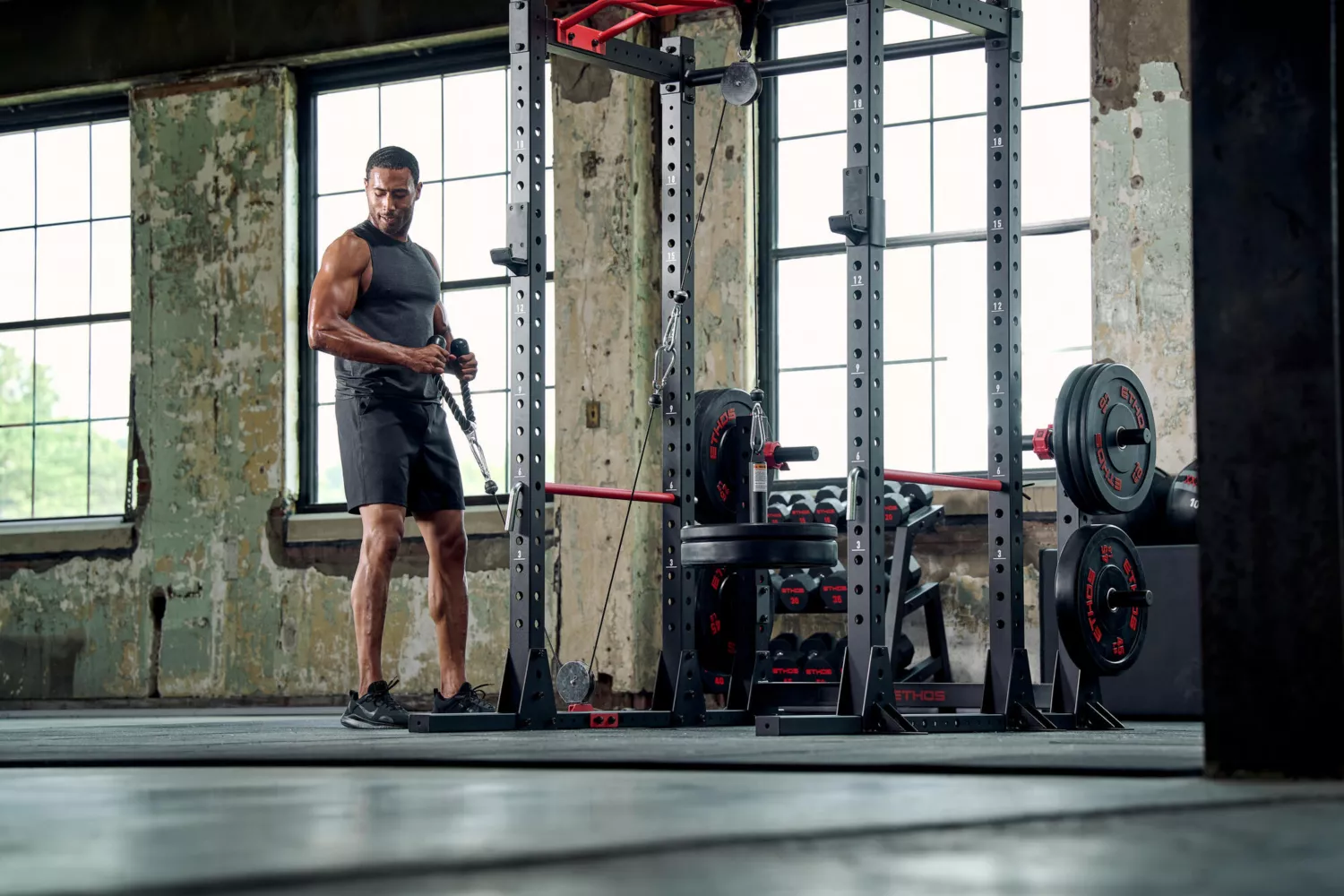
Heavy-Duty Construction for Ultimate Stability
A power rack’s primary role is to serve as a safe, immovable platform capable of withstanding heavy loads and dynamic movements. The ETHOS Apex rises to this challenge with:
- 11-Gauge Steel Uprights: The 3″x3″ uprights are constructed from 11-gauge steel, offering exceptional rigidity. This thickness minimizes rack flex even under a 1,000-pound load.
- Welded Frame with Two-Piece Footprint: Unlike knock-down racks that bolt together, the Apex arrives pre-assembled (aside from optional pull-up bar installation). Its welded backbone ensures consistent alignment of J-cup guides and safety bars. The two-piece “L” shaped footprint—72” deep in front and 54” wide—distributes force across a large area, reducing wobble.
- Diamond Plate Adjustable Safety Bars: Seven height options (1″ increments) permit spotter arms to catch missed reps during bench presses or squats. The diamond plate finish adds friction, preventing barbell slippage on descent.
- 14 Adjustable J-Cup Positions: With the bench, squat, and press positions accounted for, you can fine-tune J-cups to shoulder height, hip height, or mid-chest for overhead lifts. The powder-coated J-cups feature protective polymer liners to shield bar knurling.
- 60” Pull-Up/Chin-Up Bar: A solid, 1.25” diameter crossmember provides a secure grip for pull-ups and muscle-ups. Its high placement (84” above the floor) ensures adequate clearance for taller lifters—without leaving the ground.
Together, these structural qualities create a stable, silent workhorse capable of handling high-intensity lifting—deadlifts off J-cups, Zercher squats, or Olympic-style presses. Whether you rack plates swiftly during complex barbell complexes or slam a loaded bar against safety pins, the Apex’s solidity keeps you focused on form—not creaks or lateral sway.
Expandable from Single Rack to Functional Trainer
What distinguishes the ETHOS Apex is its integration-friendly design, adapting to evolving training needs:
- Plate Storage & Band Pegs: On the rear vertical posts, two sturdy pegs accept standard Olympic plates—keeping 2.5–45 lb plates off the floor. The band pegs attach to the base of the uprights, enabling dynamic resistance band work—banded squats, band-draped bench presses, or band-resisted pushdowns.
- Optional Cable Attachments: Upgrade to a low-pulley system (sold separately) to perform cable rows, tricep extensions, and cable crossovers using the rack’s loading pin. The pulley seamlessly integrates into the bottom crossmember, slotting into a welded guide.
- Landmine Accessory: A landmine pivot fits into any upright baseplate, allowing rotational pressing and rowing movements—providing layout variety without extra floor fixtures.
- J-Hook & Spotter Pin Storage: Convenient storage slots on uprights hold J-hooks and safety bars when not in use—preventing floor clutter and preserving the rack’s clean lines.
Because each addition uses identical pin-and-hole geometry, transitioning between power rack mode, cable-pulley mode, and functional trainer mode takes minutes. Whether you’re in hypertrophy phase one week or focusing on power cleans the next, the Apex evolves to meet new targets—eliminating the need for multiple machines.

Installation and Space Planning
Setting up the ETHOS Apex Power Rack correctly ensures both safety and optimal performance:
- Measure Clearance: Ensure at least 8’ ceiling height so that the pull-up bar has room above without scraping ceilings. Factor in a minimum of 3’ of free space around the rack to allow unracked barbell rotation and walking.
- Floor Protection & Anchoring: Place a 3/8” rubber mat or horse stall mats beneath the rack to reduce noise and protect concrete surfaces. Although the rack’s footprint and design provide stability without bolting, anchoring into concrete floors with supplied wedge anchors enhances safety—particularly for Olympic lifts.
- Assembly Steps: The rack arrives partially assembled; connect the two halves using the provided hardware, slide on the pull-up bar, and insert stabilizing crossbars. Tighten all bolts with a torque wrench to the manufacturer’s specifications—usually 100 ft-lbs for upright connections.
- Attach Accessories: Install J-cups, safety bars, and band pegs at desired heights. If using the low-pulley, slide the guide pin into the bottom crossmember and secure the pulley housing with locking pins.
- Load Weight Gradually: For the first few workouts, use lighter loads to test rack alignment and stability. Ensure no wobble occurs when dropping the bar onto safety bars. Re-check bolt tightness after initial sessions.
With the rack installed securely, you have a gym-grade anchor point for a lifetime of training—without the crowded schedules or membership costs of commercial gyms.
Sample Exercises to Leverage the Apex Power Rack
A robust power rack should support a broad exercise library. Here are foundational movements to program:
- Barbell Back Squat (4×6–8): Position safety bars just below parallel depth. Place J-hooks at shoulder height. Rack a loaded bar, step back, squat to safety bar, and stand—working quadriceps, glutes, and core.
- Bench Press (4×8–10): Place a flat bench in the middle, set J-hooks at chest height, and safety bars a few inches below full lockout. Perform presses with confidence, knowing safety bars catch any failed rep.
- Overhead Press (3×5): With J-hooks slightly below shoulder height, unrack the bar, step forward, press to full lockout, and rerack—engaging delts, triceps, and upper chest.
- Deadlift from Rack (4×5): Position J-hooks at mid-shin height to emulate a block pull. This variation targets hamstrings, glutes, and lower back while sparing conventional deadlift drawbacks.
- Chin-Ups (3×Max Reps): Grip the pull-up bar with underhand grip. Emphasize full range: From dead hang to chin over the bar. Focus on lats and biceps.
- Barbell Rows (4×8): Set J-hooks at waist level. Place barbell on hooks, hinge at hips, row to abdomen—targeting mid-back and traps without needing a bench.
By alternating these compound lifts with accessory movements—band-resisted cuff work, tricep pulldowns using the low-pulley, or landmine rotational twists—you achieve a well-rounded strength program that marches toward hypertrophy, power, or functional fitness goals.
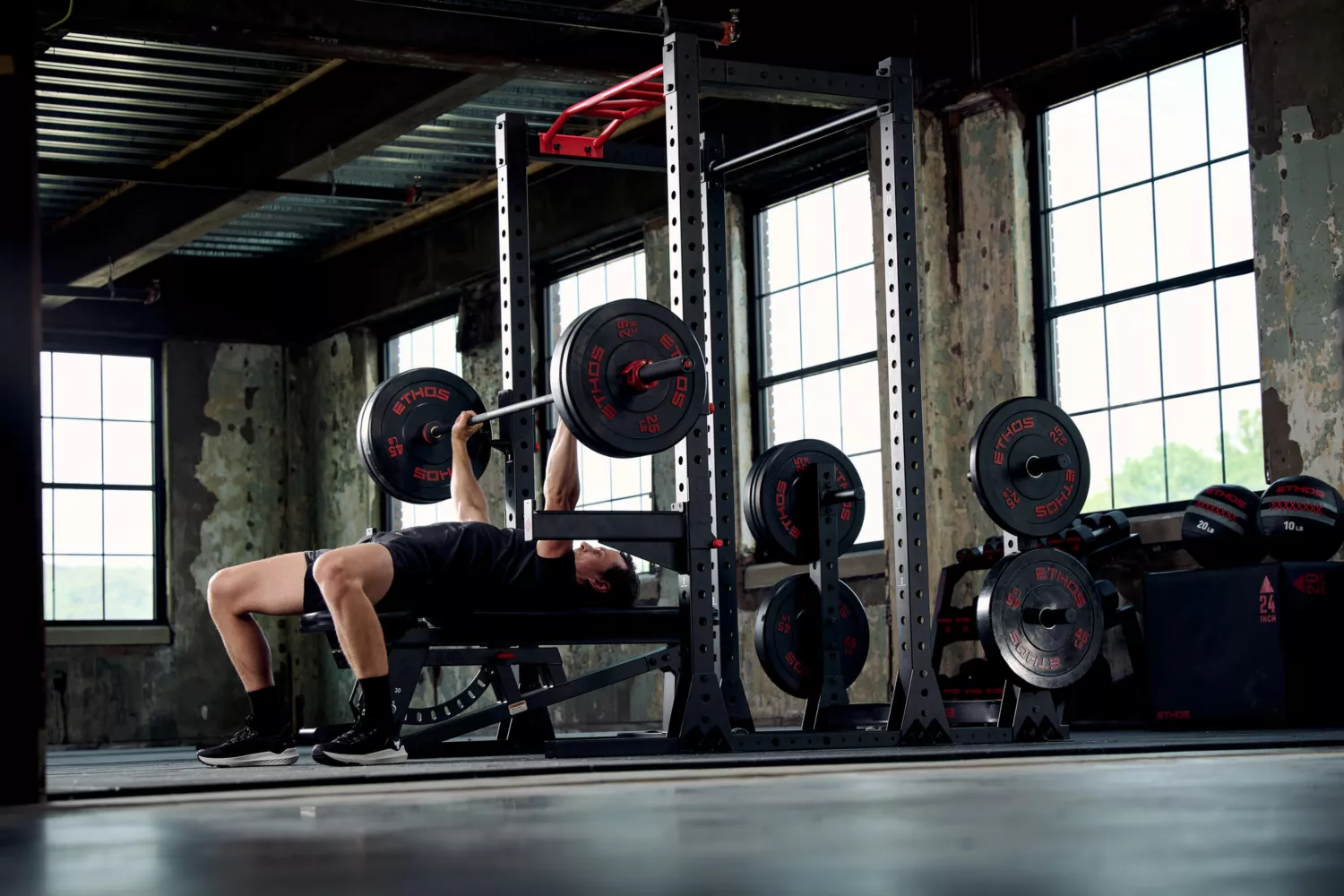
Conclusion
The ETHOS Apex Power Rack stands as the cornerstone of any serious home or garage gym—combining unwavering stability, modular accessory compatibility, and professional-grade construction. Its welded 11-gauge steel frame, extensive adjustability, and accessory ecosystem allow you to perform heavy squats, bench presses, pull-ups, and functional trainer movements within a single footprint. By installing the Apex, you eliminate reliance on crowded commercial gyms and embrace a safe, private training sanctuary tailored to your strength journey. Whether you’re an Olympic lifter, powerbuilder, or weekend warrior, this rack delivers the foundation to elevate every rep—safely and efficiently.
FAQ
- What ceiling height is required for the ETHOS Apex Power Rack?
At least 8 feet is recommended to accommodate the 84″ pull-up bar height and allow for overhead movements without obstruction. - Can I install the rack on a wooden subfloor?
Yes, but secure anchoring into joists is essential. Use heavy-duty lag screws through joists or install a steel floor plate beneath the rack for stability. - What is the maximum load capacity?
The rack is rated for 1,000 pounds total load when properly anchored. Always test stability with lighter weights first. - Does the rack include a bench?
No. A compatible flat bench (24″ width recommended) is needed for bench press exercises but is sold separately. - Are safety bars included?
Yes. The rack ships with adjustable diamond-plate safety bars offering seven height options spaced by 1″ increments. - Can I add band pegs for resistance work?
Yes—band pegs attach to the base of the uprights to anchor resistance bands for banded squats, presses, or deadlifts. - Is a weight storage attachment available?
Two plate horns are included for storing standard 2” Olympic plates. Additional storage accessories can be purchased separately. - How wide is the rack footprint?
The base measures 54″ (W)×72″ (D), providing ample stability and space for bench positioning and barbell positioning. - Does the Apex rack come pre-assembled?
It ships with uprights and crossmembers welded; pull-up bar and safety bars require user assembly—no complex tools needed. - Can I perform pull-ups on the rack?
Yes. The integrated 1.25″ diameter pull-up bar at 84″ height supports various grips (neutral, pronated, supinated).






